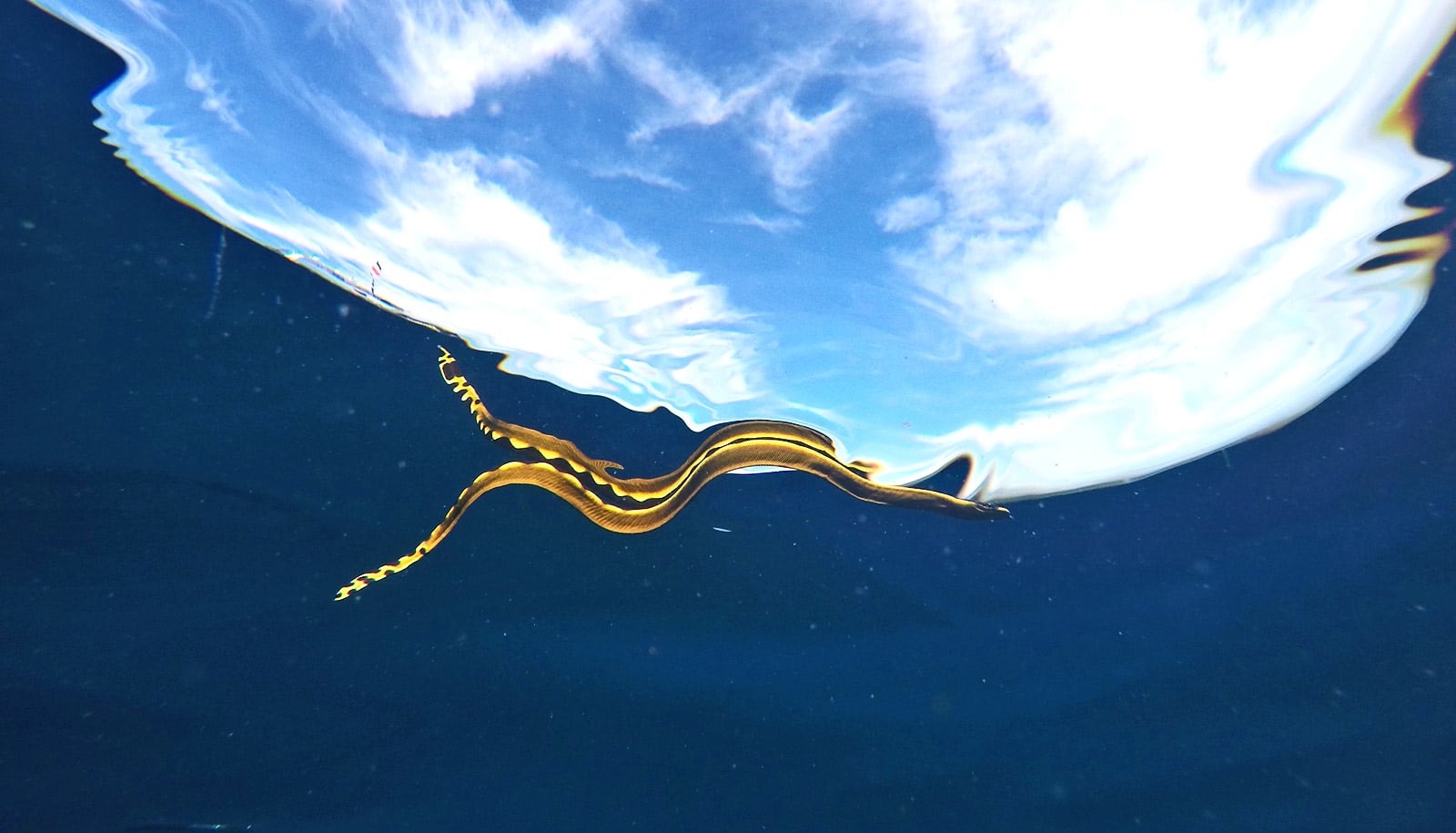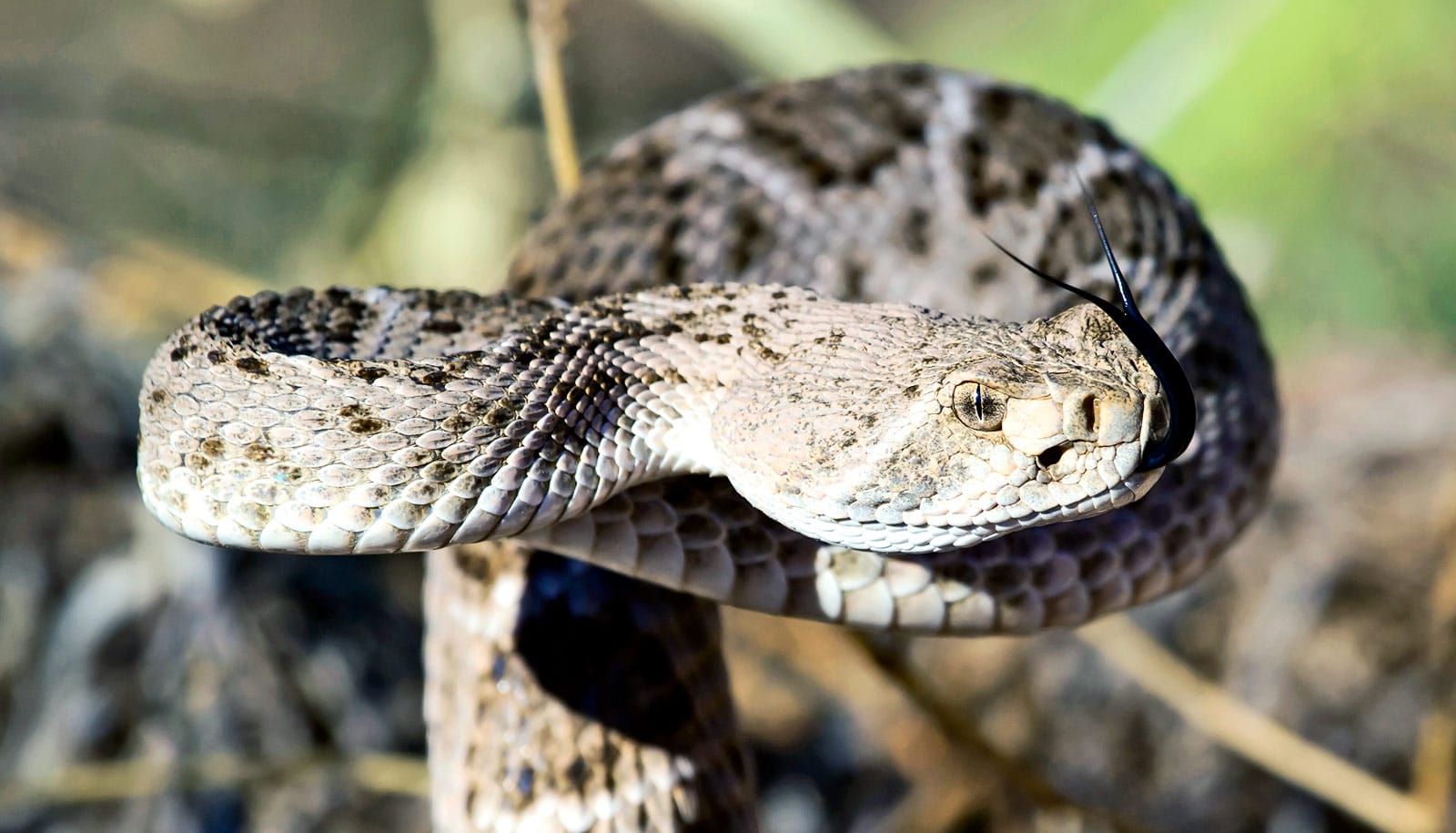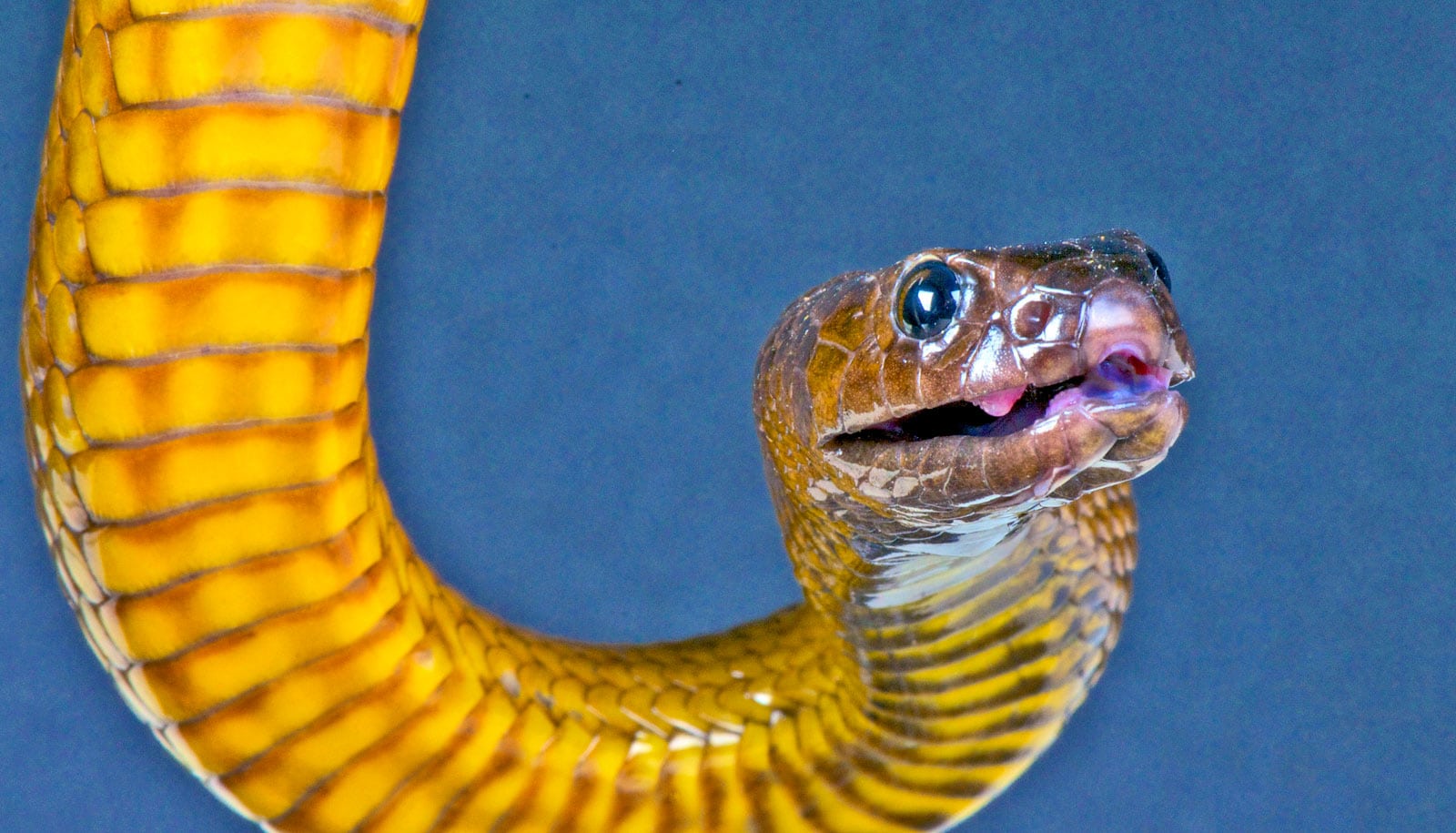New research solves the mystery of how sea snakes, who live surrounded by salty ocean water, stay hydrated.
Previously, scientists thought that sea snakes were able to drink seawater, but recent research has shown that they need to access freshwater.
The new study, which appears in PLOS ONE, shows that sea snakes living where there is drought relieve their dehydration as soon as the wet season hits. To do this, they get freshwater from “lenses” that form on the surface of the ocean during heavy rain—when the salinity at the surface decreases enough for the water to be drinkable.
The yellow-bellied sea snake (Hydrophis platurus) is the only reptile in the order Squamata that lives on the open sea. It has one of the largest geographic ranges of any vertebrate species.
Given its broad range and seafaring existence, during the dry season (six to seven months at the study site in Costa Rica) it has no access to freshwater. How sea snakes survive in regions of drought seems to hinge upon access to freshwater lenses, but little is known about how marine vertebrates react to or consume rainfall.
“This study contributes to a fuller understanding of how pelagic sea snakes, and possibly other marine animals, avoid desiccation following seasonal drought at sea,” says Harvey Lillywhite, professor of biology of the University of Florida.
The researchers captured 99 sea snakes off the coast of Costa Rica (interestingly, the snakes have never been observed in estuaries) and offered them freshwater in a laboratory environment. The researchers happened to be there just as six months of drought broke and the rainy season began. They found that only 13 percent of snakes captured after the rainfall began accepted the offer, compared to 80 percent of those captured before. The rainfall must have quenched their thirst.
“How these animals locate and harvest precipitation is important in view of the recent declines and extinctions of some species of sea snakes,” says Lillywhite. The question remains: How will climate change and its effects on precipitation impact the sea snakes?
Additional coauthors are from the University of Florida and the Florida Museum of Natural History.
Source: University of Florida



